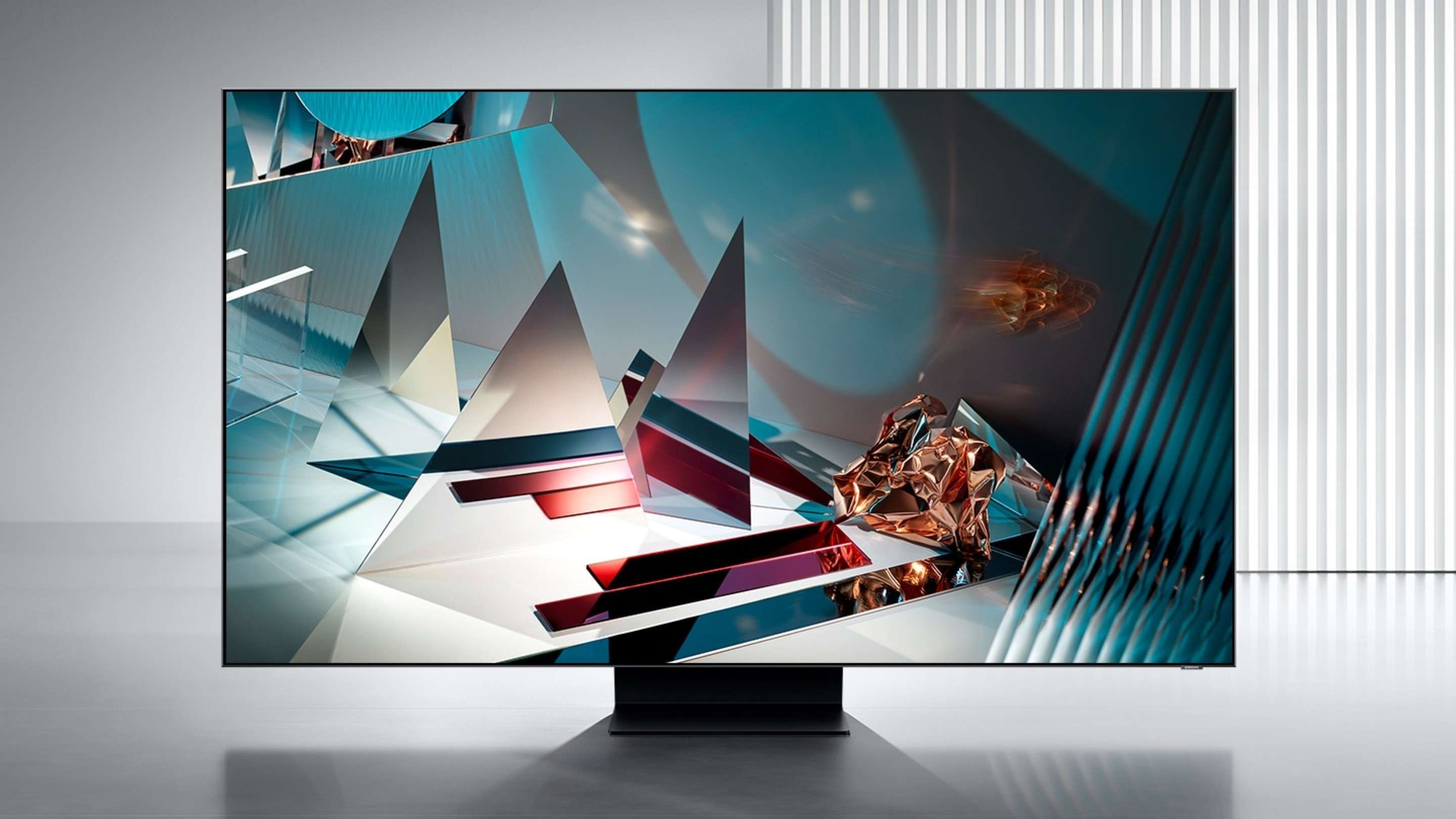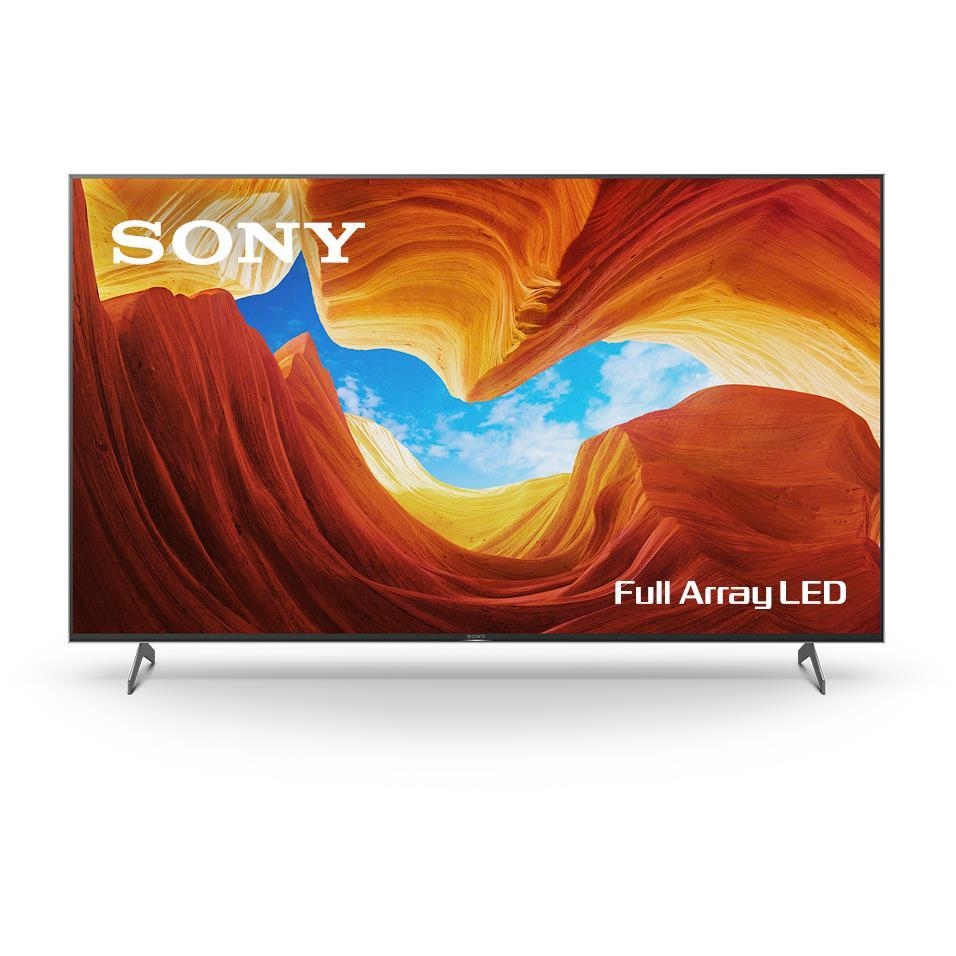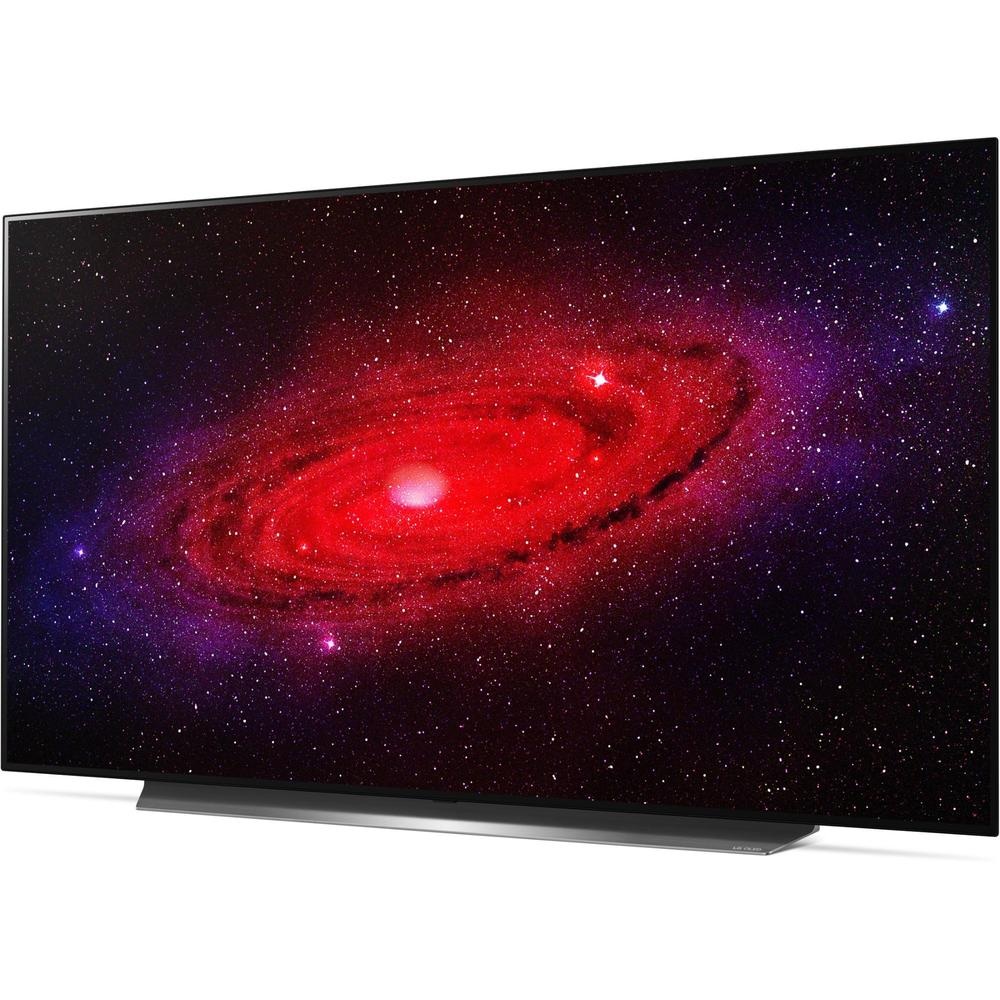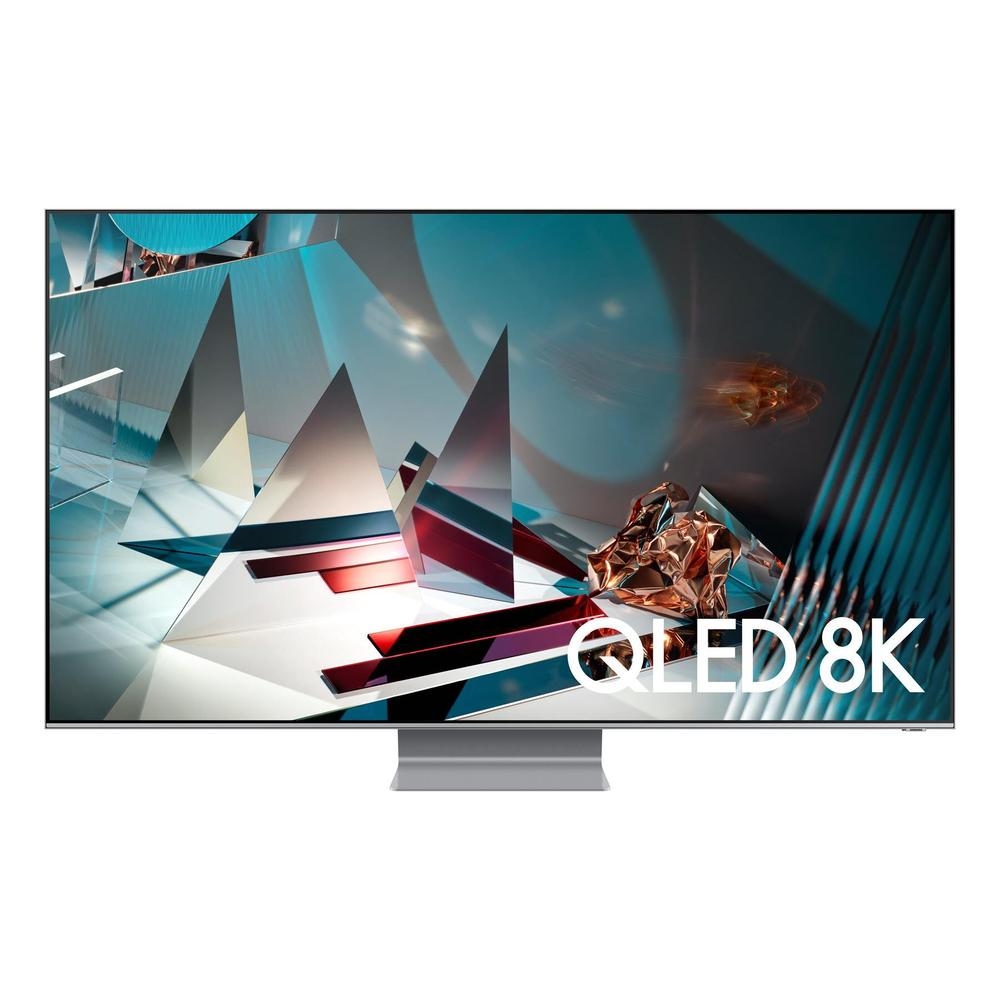Optus Mobile Review ALDI Mobile Review Amaysim Mobile Review Belong Mobile Review Circles.Life Review Vodafone Mobile Review Woolworths Mobile Review Felix Mobile Review Best iPhone Plans Best Family Mobile Plans Best Budget Smartphones Best Prepaid Plans Best SIM-Only Plans Best Plans For Kids And Teens Best Cheap Mobile Plans Telstra vs Optus Mobile Optus NBN Review Belong NBN Review Vodafone NBN Review Superloop NBN Review Aussie BB NBN Review iiNet NBN Review MyRepublic NBN Review TPG NBN Review Best NBN Satellite Plans Best NBN Alternatives Best NBN Providers Best Home Wireless Plans What is a Good NBN Speed? Test NBN Speed How to speed up your internet Optus vs Telstra Broadband ExpressVPN Review CyberGhost VPN Review NordVPN Review PureVPN Review Norton Secure VPN Review IPVanish VPN Review Windscribe VPN Review Hotspot Shield VPN Review Best cheap VPN services Best VPN for streaming Best VPNs for gaming What is a VPN? VPNs for ad-blocking PlayStation 5 and Xbox Series X/S aren’t the first consoles to take advantage of HDR, but their respective powerful hardware and potential for high-fidelity gameplay means HDR looks better than it did on earlier iterations. You may have to activate HDR on your telly or connect a next-gen console to a corresponding HDMI port that supports HDR, but you should definitely tweak the HDR settings, either at a television level, on the console or even on a per-game basis, to get the best results. TVs with older HDMI ports may still be capable of 4K resolutions, particularly pre-2019 4K models, but the max frame rate will tap out at 60fps because of the HDMI 2.0 limitation. Thankfully, HDMI 2.1 is backwards compatible, so you can still connect non-HDMI 2.1 devices and cables to those HDMI 2.1 ports and those devices should still work. Speaking of cables, to use HDMI 2.1 you need three things: an HDMI 2.1-capable device, an HDMI 2.1 cable and an HDMI 2.1-compatible port on a TV or amp. The Xbox Series X and PlayStation 5 both come with an HDMI 2.1 cable. The feature is important for providing a smooth experience, particularly in games that have frame rates that aren’t always consistent. Instead of seeing stutters or tears on your TV as a console and screen timing goes out of whack, VRR keeps things smooth during minor or more dramatic frame drops. If you want more versatility from a new HDMI 2.1-supporting TV, pay attention to whether its form of VRR is either FreeSync or G-Sync. FreeSync screens allow for the VRR tech to work when connecting an AMD-powered gaming PC to your television for some big-screen gaming, but certain FreeSync TVs are also supported by Nvidia graphics cards. G-Sync is exclusively supported for Nvidia graphics cards, which means an AMD-powered computer won’t play nice with a G-Sync-supporting TV as far as VRR is concerned. Assuming your receiver supports it, eARC allows for higher-bandwidth signal transmission (up from the 1Mbps of ARC to 37Mbps), which makes it possible to transmit high-fidelity uncompressed audio. In practical terms, this means you can have uncompressed 5.1 or 7.1 audio, so you can take full advantage of audio formats like DTS:X and Dolby Atmos. The impractical workaround would be to switch HDMI ports whenever you want to tap into HDMI 2.1 ports with a Samsung TV, otherwise, the more practical (though expensive) option is to invest in an HDMI 2.1-capable receiver. That single HDMI 2.1 port on the TV can then be connected to a receiver that then connects a multitude of devices. Bear in mind you’ll need HDMI 2.1 cables for the HDMI 2.1 devices connecting to the receiver as well as the receiver connecting to the HDMI 2.1 port. Be sure to connect your next-gen console/s to one or both of those ports to get the full experience. While the X9000H doesn’t support VRR, you can rely on it for 4K gaming at up to 120fps. In terms of audio, the X9000H also supports the newer eARC standard. Despite being the cheapest HDMI 2.1 tele with at least two HDMI 2.1 ports – if you only need one, consider the 50-inch Samsung The Frame TV – it’s also a strong performer for movies, too. Outside of this, the LG CX already has top spots in our lists for the best smart TVs in Australia and the best 4K TVs in Australia, and now it has another notch to add to its belt. The LG CX may be a 2020 model, but it’s still a gaming and movie powerhouse. It ticks all the right boxes for next-gen gaming, from eARC and VRR support to four HDMI 2.1 ports and 4K gaming at up to 120fps. There are more 8K TVs coming this year, so it’s best to wait. If you absolutely cannot wait, the Q800T supports VRR, eARC, as well as 4K at 120fps and 8K at up to 60fps. When (read: if) 8K games do make it to next-gen consoles, don’t expect them to run at 60fps; that resolution and frame rate combo is meant more for an incredibly high-end PC.
Apex Legends PS5 & XSX Borderlands 3 PS5 & XSX Call of Duty: Black Ops Cold War PS5 & XSX Call of Duty: Warzone XSX CrossCode Destiny 2 PS5 & XSX Devil May Cry 5 Special Edition PS5 & XSX Dirt 5 PS5 & XSX ExoMecha XSX Fortnite PS5 & XSX Gears 5 (multiplayer) XSX Halo: The Master Chief Collection XSX King Oddball XSX Metal: Hellsinger XSX Monster Boy and the Cursed Kingdom PS5 & XSX Ori and the Will of the Wisps XSX Orphan of the Machine XSX The Nioh Collection PS5 Rainbow Six Siege PS5 & XSX Rocket League XSX Rogue Company XSX Sea of Thieves XSX Second Extinction XSX Star Wars Squadrons XSX Super Lucky’s Tale XSX The Falconeer XSX The Touryst XSX WRC 9 PS5 & XSX



